Table of Contents
The Introduction to Rectilinear Motion:
Rectilinear motion is the motion of a particle along a straight line path. It is one of the most basic types of motion and is the basis for many other types of motion. Rectilinear motion is characterized by a constant speed along the straight line path and is often referred to as linear motion.
Rectilinear motion is an important concept in classical mechanics and is used to describe many of the phenomena we observe in everyday life. It is also used in more complex applications such as robotics, aircraft control systems, and particle accelerators.
In rectilinear motion, the particle moves in a straight line, and its speed remains constant. This means that the particle’s position at any given point in time can be described by a single vector, which is a combination of magnitude and direction.
The magnitude of the vector describes the speed of the particle, while the direction of the vector describes the direction in which the particle is traveling. The motion of a particle in rectilinear motion can be described by a set of equations known as Newton’s laws of motion.
These equations describe the forces acting on the particle, as well as the acceleration of the particle as it moves along its straight-line path. These equations are used to calculate the motion of a particle in any given situation.
Rectilinear motion is a useful concept in many areas of science and engineering. It is used to describe the motion of objects in the real world and is often used in the design of machines and other complex systems.

The Kinematics of Rectilinear Motion:
The Kinematics of rectilinear motion is the study of the motion of particles or objects along a straight line path. It is a branch of mechanics, that deals with the motion of objects in a straight line.
Kinematics of rectilinear motion is a mathematical study of the relationships between the position, velocity, and acceleration of a particle or object moving in a straight line. The position of a particle or object moving in a straight line is described by its displacement.
According to Serway, R. A., Jewett, J. W., & Wilson, Displacement is the distance (in a particular direction) from a reference point. The velocity of a particle or object is the rate of change of its displacement concerning time. The acceleration of a particle or object is the rate of change of its velocity concerning time. The Kinematics of rectilinear motion can be used to calculate the motion of a particle or object moving in a straight line.
It can also be used to calculate the forces that act on a particle or object to cause its motion. The Kinematics of rectilinear motion can be used to analyze the motion of a particle or object in terms of its position, velocity, and acceleration.
The Kinematics of rectilinear motion is used in the field of engineering and sciences, as it is useful for understanding and predicting the motion of particles or objects in a straight line. It is also used in robotics, navigation, and other areas. The Kinematics of rectilinear motion can also be used to understand the motion of particles in a curved path.
The average and instantaneous velocity:
Average velocity is the total displacement over a certain amount of time. It is the ratio of the total distance traveled over the total time taken. For example, if an object travels 80 kilometers in 2 hours, its average velocity is 40 km/hr.
Instantaneous velocity is the velocity of an object at a particular moment in time. It is the rate of change of the object’s position concerning time. For example, if an object is moving at 80 km/hr and its position changes by 10 meters in 1 second, then its instantaneous velocity is 80 m/s.
In the kinematics of rectilinear motion, average velocity is the total displacement divided by the total time taken. It is a vector quantity and is determined by the magnitude and direction of the displacement.
For example, if an object travels 10 meters in 5 seconds, its average velocity is 2 m/s in the positive direction. Instantaneous velocity is the rate of change of the object’s position concerning time.
It is a vector quantity and is determined by the magnitude and direction of the object’s acceleration. For example, if an object is moving with an acceleration of 10 m/s2 and its position changes by 10 meters in 1 second, then its instantaneous velocity is 20 m/s in the positive direction.
In the kinematics of rectilinear motion, both average and instantaneous velocity are important concepts. Average velocity is used to determine the distance traveled over a certain period, while instantaneous velocity is used to determine the position and speed of the object at a particular moment in time.
The average and instantaneous acceleration:
Average Acceleration: Average acceleration is defined as the change in velocity of an object over a specific period. In rectilinear motion, this can be calculated by taking the difference between the final velocity (Vf) and the initial velocity (Vi) and dividing it by the total time (t).
Mathematically, this is expressed as a = (Vf – Vi) / t. The average acceleration of an object in rectilinear motion can be either positive, negative, or zero.
A positive acceleration indicates that the object is speeding up, a negative acceleration indicates that the object is slowing down, and a zero acceleration indicates that the object is either traveling at a constant speed or not moving.
Instantaneous Acceleration: Instantaneous acceleration is defined as the velocity change rate at a single point in time. In rectilinear motion, this can be calculated by taking the first derivative of the velocity concerning time. Mathematically, this is expressed as a = dV/dt.
The instantaneous acceleration of an object in rectilinear motion can be either positive, negative, or zero. A positive acceleration indicates that the object is speeding up, a negative acceleration indicates that the object is slowing down, and a zero acceleration indicates that the object is either traveling at a constant speed or not moving.
The graphical representation of Rectilinear motion:
Rectilinear motion is a type of motion that follows a straight-line path. It is a type of motion that can be represented graphically. A graph of rectilinear motion consists of two axes, one for distance and one for time. The graph is a line that represents the path of the object in rectilinear motion.
The slope of the line represents the speed of the object. As the slope of the line increases, the speed of the object increases. If the slope of the line is flat, then the object is not moving.
The y-intercept of the line represents the starting point of the object’s rectilinear motion. On the graph, the distance traveled by the object at any given time is equal to the y-value of the graph at that time.
This is because the y-values on the graph represent the distance traveled by the object. The area under the graph represents the total distance traveled by the object. This is because the area under the graph is equal to the integral of the line, which is equal to the distance traveled by the object. Rectilinear motion can also be represented in terms of velocity.
The velocity of the object at any given time is equal to the slope of the line at that time. This is because the slope of the line represents the rate of change of the object’s position concerning time.
In summary, rectilinear motion can be represented graphically using a line on a graph with two axes, one for distance and one for time. The slope of the line represents the speed of the object, the y-intercept represents the initial position of the object, and the area under the graph represents the total distance traveled by the object. The velocity of the object can also be determined from the slope of the line.
Examples of Rectilinear motion:
Rectilinear motion is a type of motion in which an object moves in a straight line. Examples of rectilinear motion include a person walking in a straight line, a car traveling in a straight line, or a ball being thrown in a straight line.
One example of rectilinear motion is when a person walks in a straight line. When a person is walking, their body is moving in a straight line. They will move their arms and legs in a way that propels them forward in a straight line.
Another example of rectilinear motion is when a car is driving in a straight line. When a car is driving, its wheels turn in a way that causes the vehicle to move in a straight line. The car will accelerate or decelerate depending on the speed limit and the driver’s desired speed.
A third example of rectilinear motion is when a ball is thrown in a straight line. A person can throw a ball in a straight line by applying a force to the ball that propels it forward in a straight line. When the ball is in the air, it will continue to move in a straight line until it is affected by another force such as gravity or air resistance.
These examples of rectilinear motion involve an object moving in a straight line. This type of motion is useful in many applications, such as when driving a car or throwing a ball.
The rectilinear motion concludes that the motion of an object along a straight line is known as rectilinear motion. This motion typically involves a constant velocity, meaning the object is either moving in a constant direction at a constant speed or staying still.
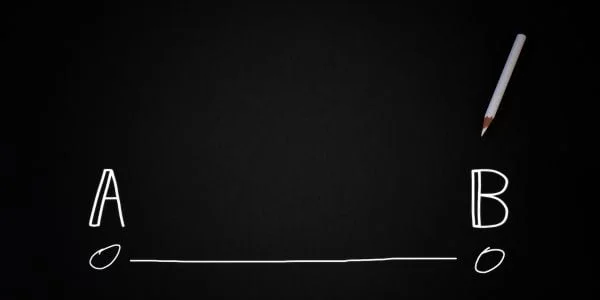
The object’s position can be described by its displacement, which is the difference between its initial and final positions. The object’s average velocity is the ratio of its displacement over the time it took to move that distance.
To calculate the acceleration of the object, the rate of change of its velocity must be determined. The acceleration of an object in rectilinear motion can be either positive or negative, depending on whether the object is speeding up or slowing down.
Finally, when the object’s velocity reaches zero, the rectilinear motion has ended.
References
- Halliday, D., Resnick, R., & Walker, J. (2014). Fundamentals of Physics. John Wiley & Sons.
- Description: This widely used physics textbook covers various topics, including rectilinear motion, with detailed explanations, examples, and problem-solving strategies.
- Serway, R. A., Jewett, J. W., & Wilson, L. (2017). Physics for Scientists and Engineers. Cengage Learning.
- Description: This textbook provides a comprehensive introduction to physics, including chapters on kinematics and rectilinear motion, with clear explanations and worked examples.
- Tipler, P. A., & Mosca, G. (2017). Physics for Scientists and Engineers: Volume 1. W. H. Freeman.
- Description: Volume 1 of this textbook covers mechanics, including chapters on motion in one dimension and rectilinear motion, with thorough explanations and problem-solving strategies.
- Knight, R. D., Jones, B. F., & Field, S. (2016). College Physics: A Strategic Approach. Pearson.
- Description: This college-level physics textbook provides a strategic approach to learning physics, including chapters on one-dimensional motion and rectilinear motion, with conceptual explanations and practice problems.
- Cutnell, J. D., & Johnson, K. W. (2017). Physics. John Wiley & Sons.
- Description: This physics textbook offers a comprehensive introduction to the subject, covering topics like kinematics and rectilinear motion, with clear explanations, examples, and end-of-chapter problems.
Also, read MBBS full form











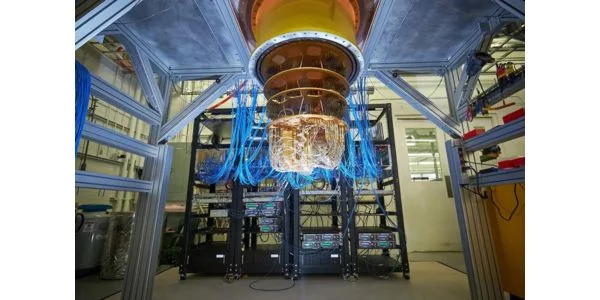




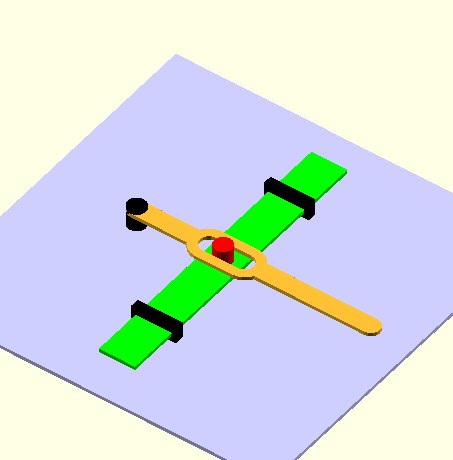




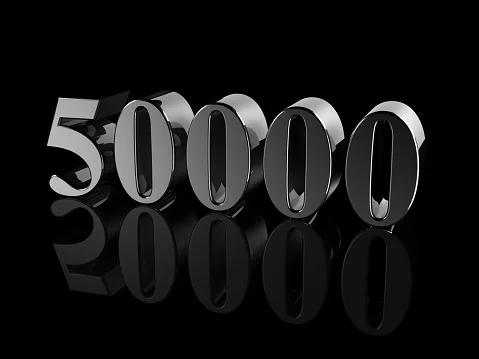




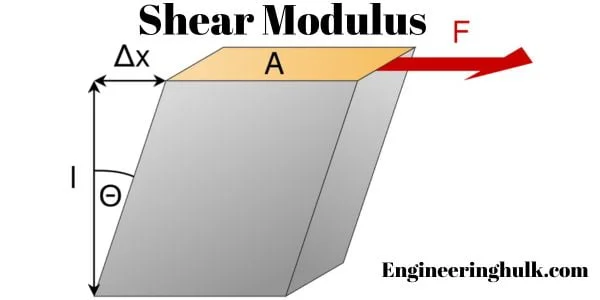





Comment on “Rectilinear Motion – Detailed Explanation with Examples”
Comments are closed.